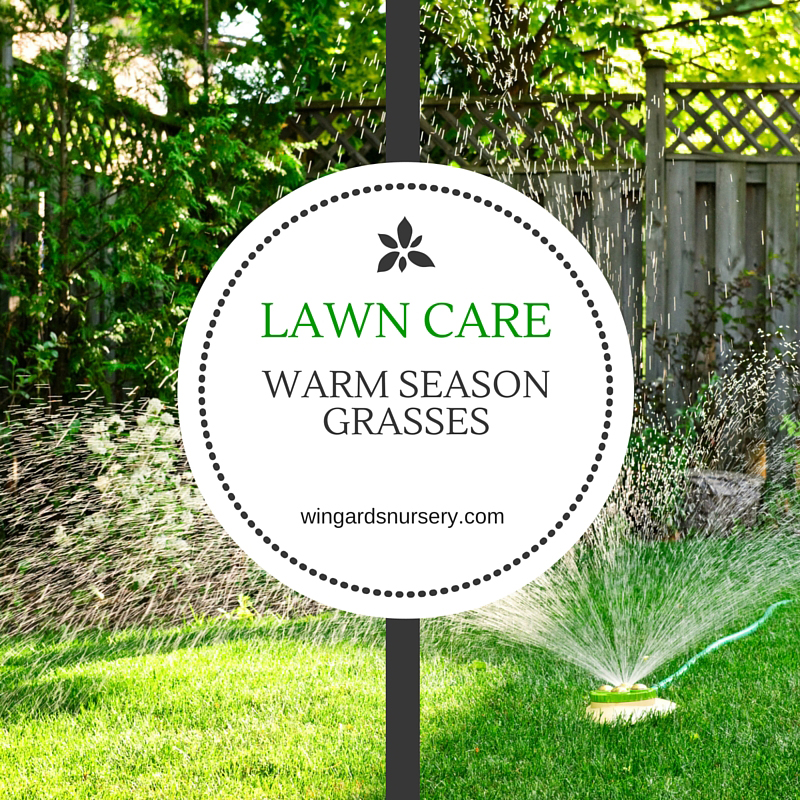The climate in Central SC is perfect for the most popular warm season grasses
Have you ever peeked over your neighbors’ fence and wondered why the grass always looks greener on the other side of the fence? We bet your neighbor isn’t using any particular lawn care strategy other than knowing lawn care is all about timing.
When those autumn leaves start to fall, it is a time when your lawn is gearing up for the next growing season. If you take steps now, you too can have a beautiful lawn through the next season and beyond.
The climate in central South Carolina is perfect for the most popular warm season grasses.
Some of the most popular grass types are:
- Centipede Grass
- Bermuda Grass
- Zoysia Grass
- St. Augustine Grass
Grasses grown in this area are generally heat and drought tolerant. These grasses will go completely dormant when exposed to freezing temperatures and will resume growing again once the warm weather returns in early spring.
There are several factors to consider when you are learning lawn care for warm season grasses:
 Weeds – Just like there are cool and warm season grasses, there are also cool and warm weather weeds. Fall/Winter weeds come up in the fall, live through winter, and die in the spring. If you notice weeds showing up in your fall/winter lawn, consider applying a fall weed preventer.Fall weed preventers should be applied when nighttime lows reach 55 to 60 degrees for four consecutive days. Typically the right time is September 15 to October 15 in the Midlands of South Carolina area.
Weeds – Just like there are cool and warm season grasses, there are also cool and warm weather weeds. Fall/Winter weeds come up in the fall, live through winter, and die in the spring. If you notice weeds showing up in your fall/winter lawn, consider applying a fall weed preventer.Fall weed preventers should be applied when nighttime lows reach 55 to 60 degrees for four consecutive days. Typically the right time is September 15 to October 15 in the Midlands of South Carolina area.
- Centipede & Zoysia: Hi-Yield Turf & Ornamental Weed & Grass Stopper containing Dimension should be applied Sep. 15 – Oct. 15 for the prevention of many common lawn weeds.
- Augustine & Bermuda: FertilomeWinterizer & Weed Preventer II for Southern Grasses w/Dimension 10-0-14 should be applied Sep. 15 – Oct. 15. This product supplies extra potash, which enables warm season grasses to overwinter better and be healthier in the spring. It will also prevent listed weeds from sprouting.
The effects of these weed preventers may wear off after 12 weeks and may need a second application at least nine weeks after the first application. As with any product, read and follow all label instructions before applying.
- Water – After early September all irrigation should cease to help your lawn shut down for winter. Continuing to water during this season will increase cold injury during winter and encourage disease problems. The only exception will be if you are experiencing a fall drought.
- New Growth – Late spring and into summer is the best time to seed your lawn. Wait until temperatures get above 65 degrees during the day and then seed.
To successfully seed your lawn or patch bare areas follow these simple steps:- With a tiller, break up and loosen the soil so the new seeds can easily penetrate the soil.
- Add an inch of compost and work it into the freshly broken soil.
- Add grass seed and spread it evenly across the bare patch.
- Using a rake work the seed into the soil to a depth of about half an inch.
- Sprinkle straw over the newly seeded area to help prevent the soil from drying out.
- Water to keep the area moist. Lightly water once or twice a day until the seed germinates and the new grass is one inch tall.
Want to learn more about how you can successfully care for your lawn year round?
Don’t give up on your lawn! We have developed a Easy 4-step Do-It-Yourself Lawn Care Program.
———————————————–
Here at Wingard’s Market we specialize in providing outstanding customer service, offer professional gardening advice, and answers to your everyday gardening questions. Stop by and visit our beautiful Gift Shoppe and Fresh Produce Market while you stroll under century-old pecan trees. It’s truly a Garden Wonderland!
Located at 1403 North Lake Drive in Lexington, SC. Call us at (803) 359-9091


